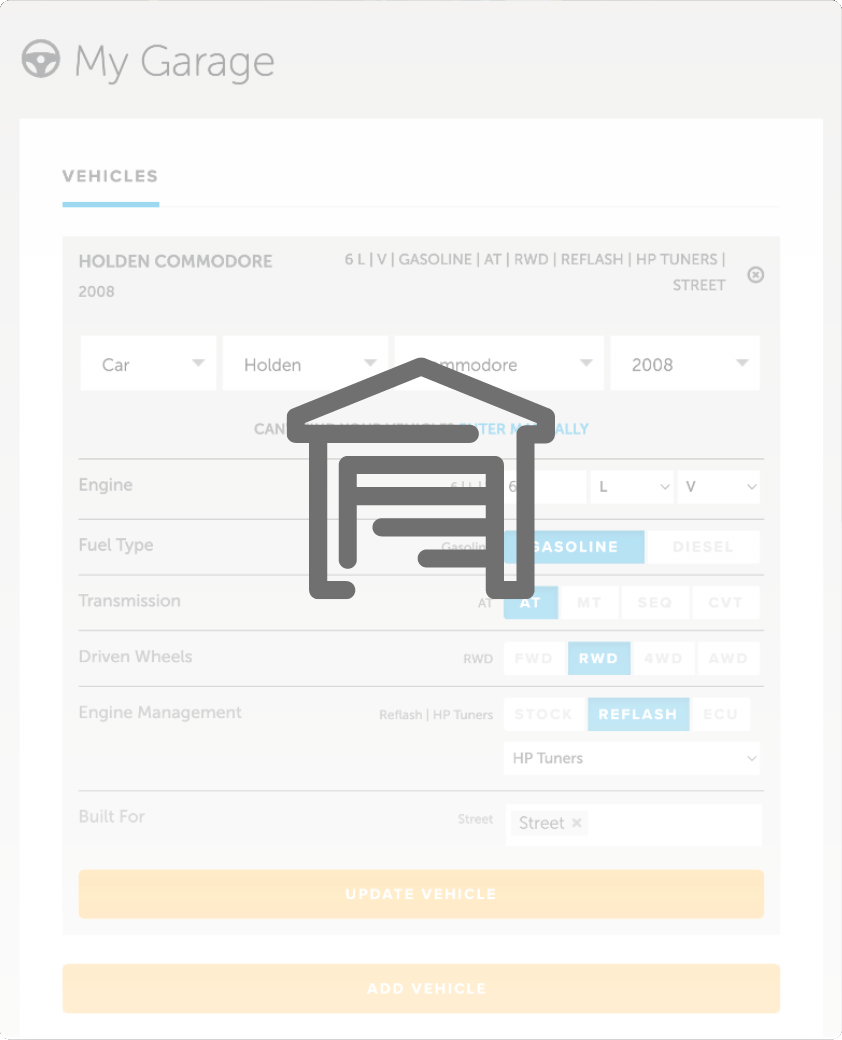| 00:00 |
- In the last few modules we've discussed air pressure.
|
| 00:02 |
However, when we're talking about air pressure, we need to be a little more specific, since it can be displayed in two ways, absolute pressure or gauge pressure.
|
| 00:11 |
The way pressure is displayed has a huge impact on what it means, so you need to understand what you're looking at.
|
| 00:18 |
Absolute pressure measures pressure relative to pressure we would find in an absolute vacuum.
|
| 00:24 |
Since this scale references absolute zero, all measurements are positive numbers.
|
| 00:30 |
On this scale, Atmospheric Pressure, under standard conditions, would read 101.3 kpa or 14.7 psi.
|
| 00:38 |
Gauge pressure, on the other hand, measures the pressure relative to the current atmospheric pressure.
|
| 00:43 |
Or in simple terms, how much higher or lower, the measured pressure is, compared to the atmospheric pressure.
|
| 00:49 |
On this scale, we'd read zero kpa or zero psi under normal atmospheric conditions.
|
| 00:56 |
A simple way to remember the difference between the two, is to think of how a tyre pressure gauge reads.
|
| 01:01 |
With the tyre pressure gauge, what we want to know is how much higher the pressure in the tyre is compared to the atmospheric pressure.
|
| 01:09 |
So, if the tyre pressure gauge was just sitting on a workbench it would obviously read zero.
|
| 01:14 |
Attach it to your tyre, however, and it will read the pressure in your tyre.
|
| 01:18 |
Let's say 35 psi, for example.
|
| 01:20 |
This is gauge pressure, because it is relative to atmospheric pressure.
|
| 01:25 |
The air pressure in the tyre is 35 psi higher than atmospheric pressure.
|
| 01:30 |
Now why this is important is that many ECU's will use pressure as a load axis for many of the tables.
|
| 01:37 |
Some ECU's will represent pressure in absolute, while others will use gauge.
|
| 01:42 |
If you don't know what you're looking at, then you can potentially end up making changes in completely the wrong place.
|





